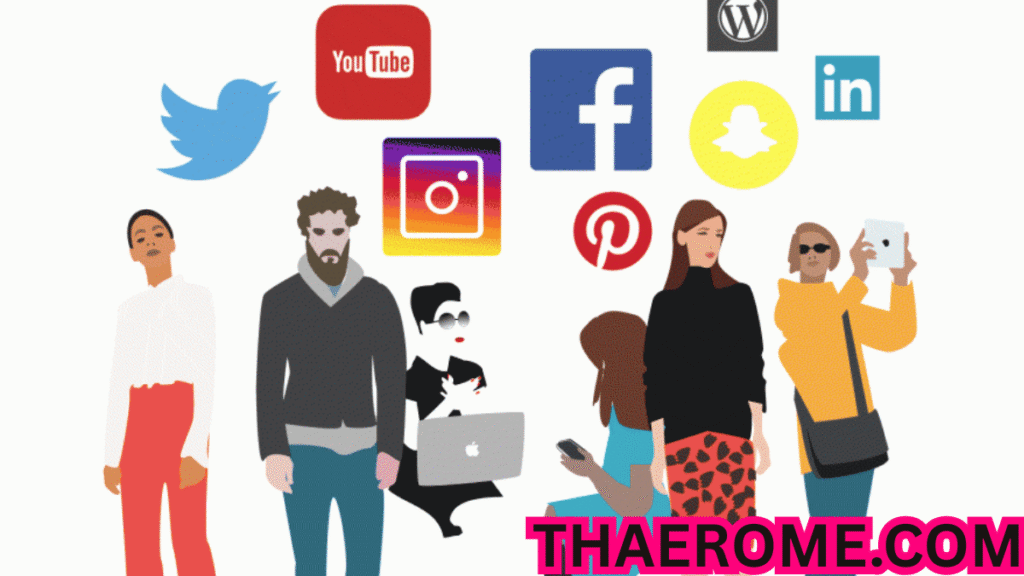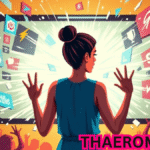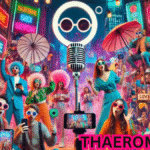Influencer Gone Wild In the age of social media, influencers have become the new celebrities, shaping trends, opinions, and consumer behavior. Platforms like Instagram, TikTok, and YouTube have provided individuals with the opportunity to amass millions of followers, turning them into powerful figures in the digital realm. However, with great power comes great responsibility. The phenomenon of “Influencer Gone Wild” refers to instances where influencers engage in controversial, unethical, or reckless behavior to gain attention, leading to significant personal and professional repercussions.
The Allure of Viral Fame
The desire for viral fame is a driving force behind many influencers’ actions. In a saturated digital landscape, standing out requires more than just Influencer Gone Wild appealing content; it demands boldness, controversy, and sometimes, shock value. This quest for attention can lead influencers to push boundaries, often at the expense of their integrity and well-being.
For instance, some influencers have staged pranks, engaged in dangerous challenges, or made offensive remarks to garner views and engagement. While these actions may result in temporary spikes in followers and brand deals, they often come with long-term consequences, including public backlash and loss of credibility.
Real-World Consequences
The repercussions of going wild on social media are not just virtual; they manifest in real-world consequences. Influencers who engage in reckless behavior may face legal issues, damage to their personal brand, and strained relationships with sponsors and followers.
A notable example is the case of influencer Sam Jones, who faced severe backlash after taking a baby wombat from its mother for a photo opportunity in Australia. The act was widely condemned as unethical and illegal, leading to public outrage and calls for her deportation .
Similarly, influencer Elvish Yadav was involved in a scandal where he was accused of arranging rave parties involving snake venom. The incident led to his arrest and sparked a broader conversation about the responsibilities of influencers and the potential dangers of their actions .
The Mental Health Toll
The pressure to maintain a certain image and constantly produce engaging content can take a significant toll on an influencer’s mental health. Many influencers report feelings of anxiety, depression, and burnout due to the relentless demands of their online personas.
The need for validation through likes, comments, and shares can lead to a cycle of dependency, where influencers feel compelled to outdo themselves with each post. This constant striving for perfection can result in emotional exhaustion and a loss of personal identity.
Ethical Boundaries and Responsibility
Influencers hold a unique position in society, with the ability to influence opinions and behaviors. With this power comes the responsibility to act ethically and consider the impact of their actions on their audience.
Engaging in controversial or harmful behavior not only damages an influencer’s reputation but can also set a negative example for their followers, particularly younger audiences who may look up to them as role models.
Navigating the Fine Line
While controversy can lead to increased visibility, it is essential for influencers to navigate the fine line between bold content and reckless behavior. Building a personal brand based on authenticity, creativity, and positive engagement is more sustainable in the long run than relying on shock value.
Influencers should be mindful of the content they produce and its potential impact on their audience. Engaging in thoughtful, respectful, and responsible behavior online can help maintain credibility and foster a loyal following.
FAQs
Q1: What does “Influencer Gone Wild” mean?
A1: “Influencer Gone Wild” refers to instances where influencers engage in controversial, unethical, or reckless behavior to gain attention, often leading to significant personal and professional repercussions.
Q2: Can controversial actions benefit an influencer’s career?
A2: While controversial actions may lead to temporary spikes in followers and engagement, they often result in long-term damage to an influencer’s reputation and brand.
Q3: How does the pressure of social media affect influencers’ mental health?
A3: The pressure to maintain a certain image and constantly produce engaging content can lead to anxiety, depression, and burnout among influencers.
Q4: What responsibilities do influencers have toward their audience?
A4: Influencers have the responsibility to act ethically and consider the impact of their actions on their audience, particularly younger followers who may view them as role models.
Q5: How can influencers build a sustainable personal brand?
A5: Influencers can build a sustainable personal brand by focusing on Influencer Gone Wild authenticity, creativity, and positive engagement, rather than relying on shock value or controversy.
In conclusion, the “Influencer Gone Wild” phenomenon highlights the complexities and challenges of social media fame. While the allure of viral success is tempting, it is crucial for influencers to balance boldness with responsibility, ensuring that their actions positively impact both their careers and their audiences.


